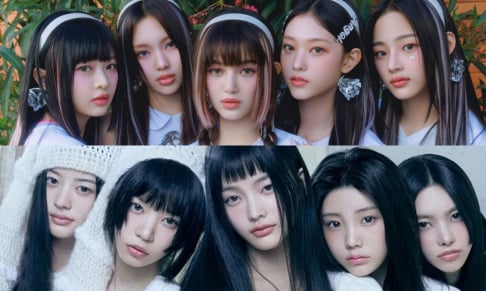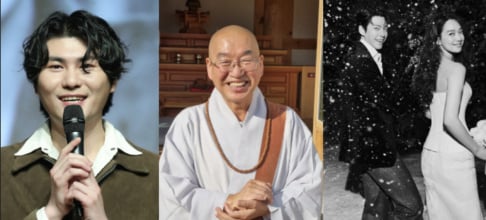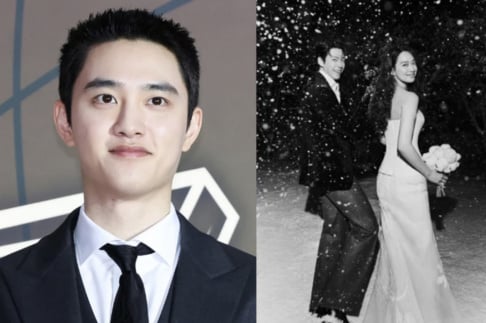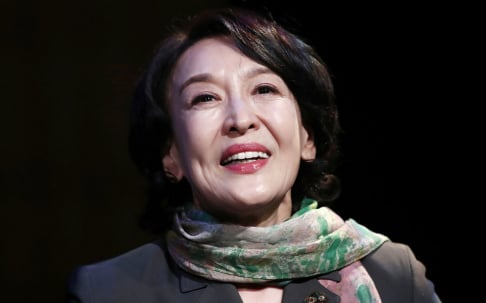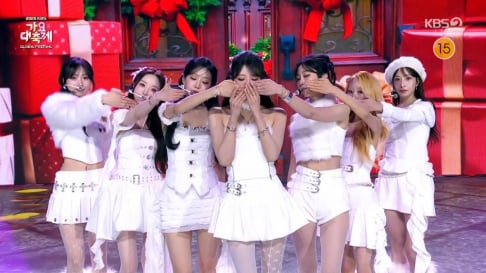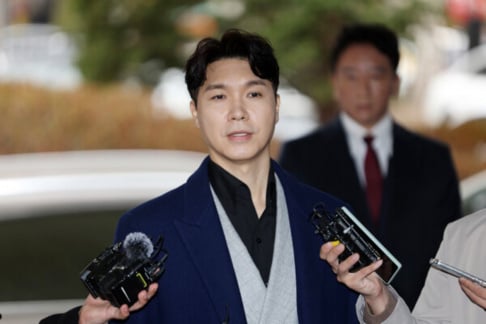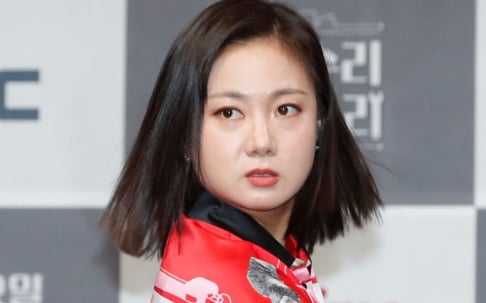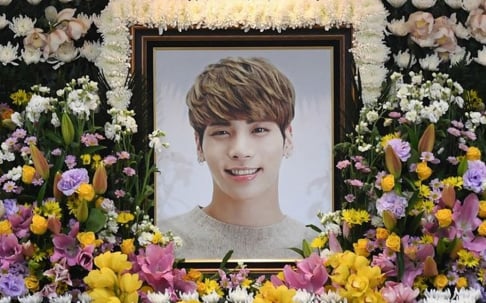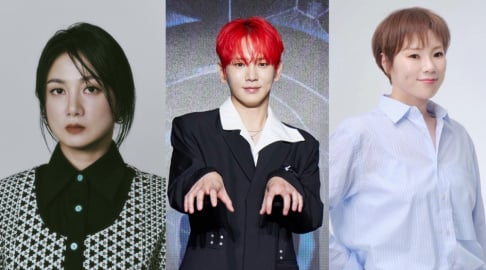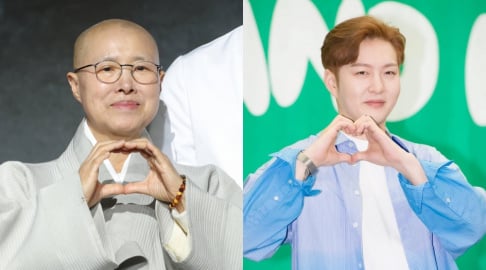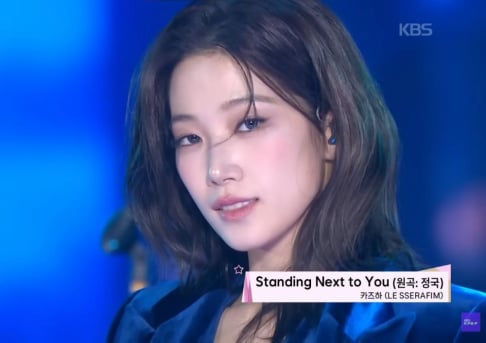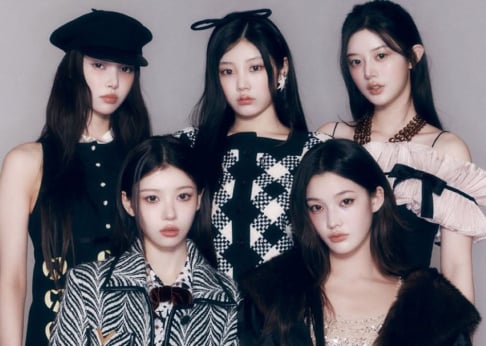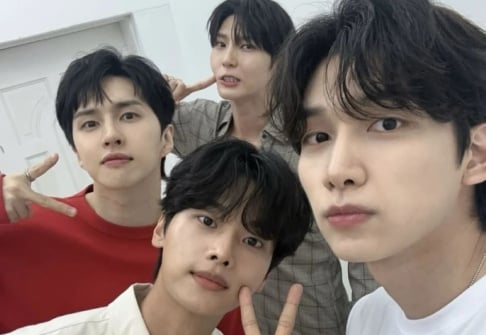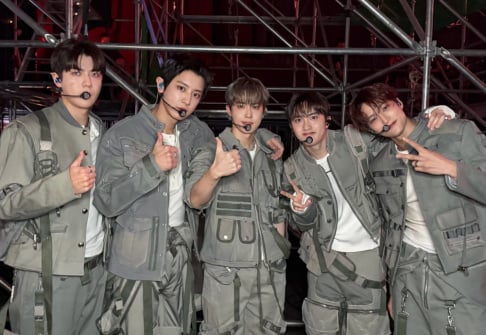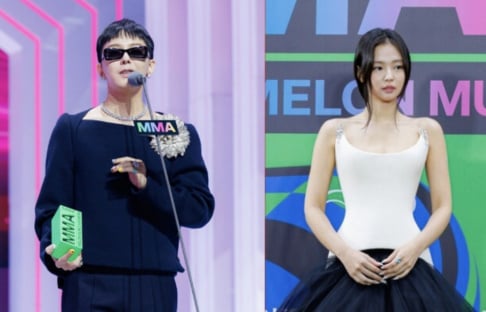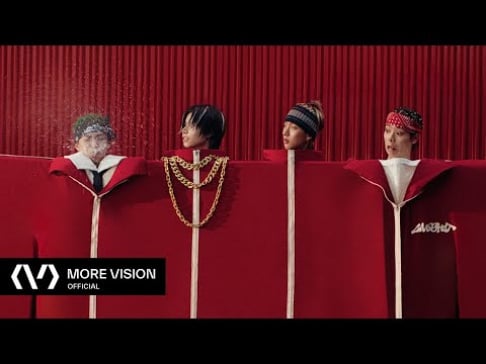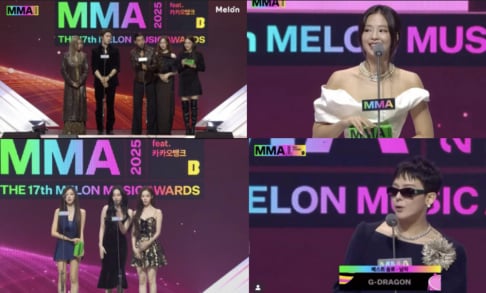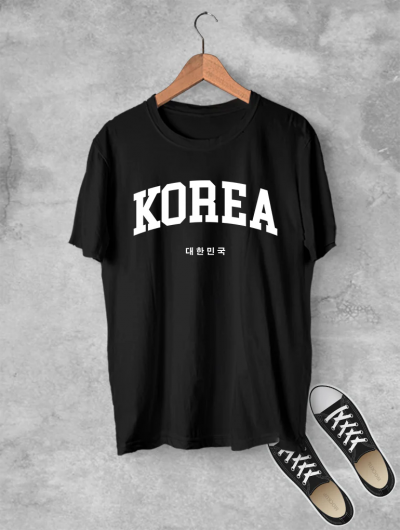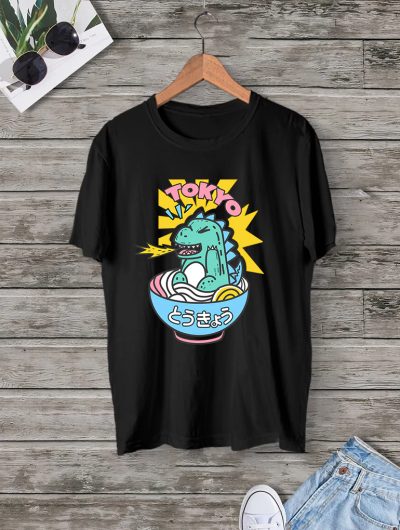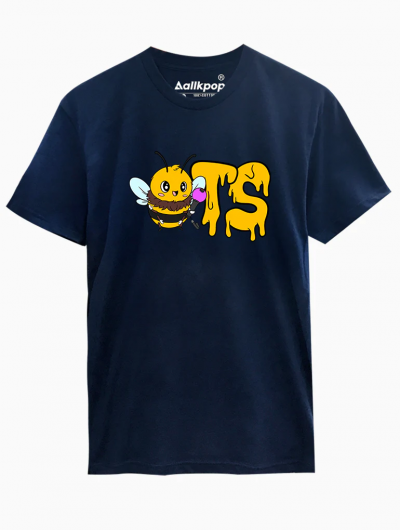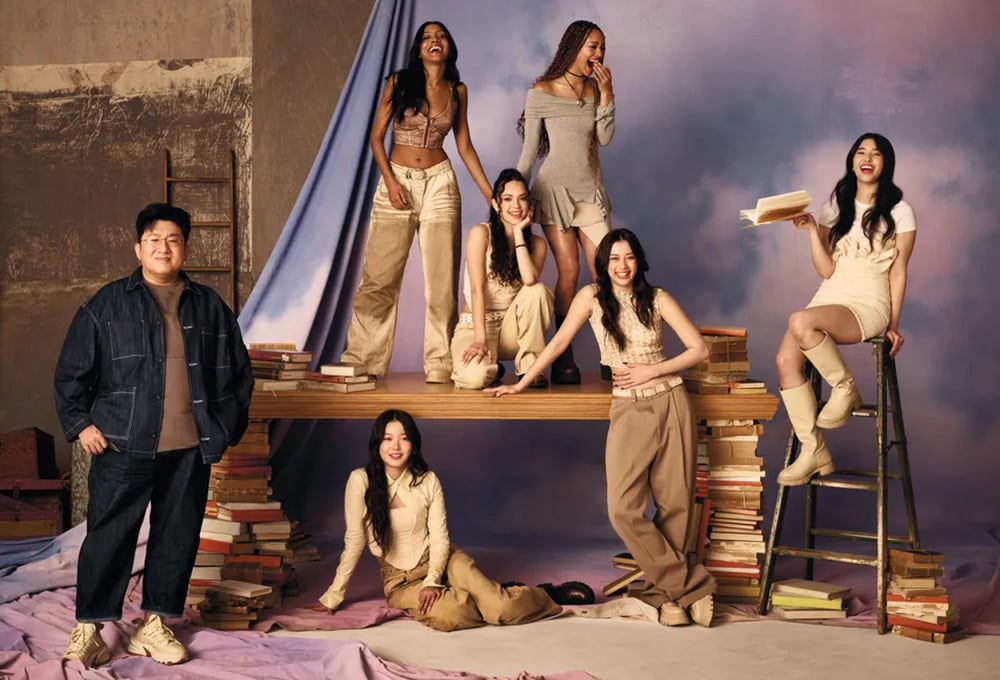
On October 7, The New Yorker released the story of HYBE Chairman Bang Si Hyuk and his journey of re-creating the biggest K-pop idol group in America.
The New Yorker article "The K-Pop King" delved into the rise of Bang Si Hyuk, the founder of HYBE, and his pivotal role in shaping BTS's global success. Known as "Hitman Bang," Bang Si Hyuk took an unconventional approach to K-pop, emphasizing fan engagement and authenticity, which helped BTS develop a devoted following.
Bang Si Hyuk didn't take the traditional route in promoting BTS. The New Yorker explained, "Before BTS, K-pop idols were polished and often remote. When a group launched, its members went on television to promote their album, then retreated until the next release. Bang realized that the Internet was a better way to reach young people. For BTS, he didn’t bother with TV appearances."
The New Yorker revealed, "His strategy, he said, was 'trying to figure out the most fandom-friendly thing to do and then taking it to the extreme.' He established a YouTube channel for BTS well before its first single was released, filling it with behind-the-scenes clips. The group’s seven members ran their own Twitter account—unusual for a K-pop act—and kept up a lively dialogue with their followers, live-tweeting drunken nights on the town and publicly teasing one another about staged 'candid' photographs. This breezy puncturing of their own mystique was central to their appeal."
Following BTS's success, Bang Si Hyuk aspired to re-create BTS's global success and decided to launch a K-pop group in America. He partnered with American music mogul Scooter Braun to expand HYBE into the international music industry.
Bang Si Hyuk continued his expansion with KATSEYE, the global girl group project that was done in collaboration between HYBE and Geffen Records. The members were selected through the reality survival show 'Dream Academy' and applied Bang Si Hyuk's formula in creating K-pop idols.
The New Yorker explained, "Before Braun joined HYBE, Bang barely interacted with American music executives. 'He’d come to the U.S. and then not meet with anybody,' Braun said...Braun’s role at HYBE, as he saw it, was 'to be the cheerleader Bang deserved,' introducing Bang and his artists to potential Western collaborators. The greatest triumph of their partnership so far is the solo career of BTS’s Jung Kook, who, as Bang put it, had always wanted to become a U.S. pop superstar.' "
For its next venture, HYBE developed KATSEYE, bringing the K-pop idol survival show to a global level. The New Yorker revealed, "When developing Katseye, hybe and Universal studied previous 'idol bands' that had succeeded in America. 'I was pretty sure the Spice Girls should be our role model,' Bang told me. He spent hours explaining to Grainge and Janick, the Interscope head, the art of “engineering” a K-pop band. Executives reviewed audition tapes and trawled TikTok and Instagram for candidates then flew the most promising to L.A. for more than a year of rigorous training. Once twenty finalists had been chosen, fans entered the picture. 'X-Factor'-style survival shows have become a K-pop staple, giving viewers a greater sense of loyalty to—and ownership of—the artists who emerge victorious."
With another successful project, HYBE continues to redefine fan experiences and global music strategies by expanding its vision for music. You can read more on Bang Si Hyuk and HYBE's global venture in The New Yorker.
SEE ALSO: Financial Supervisory Service raids HYBE chairman Bang Si Hyuk's home
 SHARE
SHARE

